Himalayan cannabis landraces. The ranges of the Western Himalaya – from Central Nepal one-thousand kilometres northwestward to Kashmir – are renowned worldwide for their hand-rubbed hashish, most famously for underground charas brands such as Malana Cream.
For cannabis, the Himalayan region comprises a distinct zone, both culturally and botanically. Traditional Himalayan cannabis strains are usually multipurpose domesticates (landraces) selected for their fibre, seed, and resin. Himalayan multipurpose landraces are very tall and often exhibit high levels of bast fibre and large, nutritious seeds. Less commonly, Himalayan cannabis strains are wild-type or specialised forms for resin production.
In the Himalaya, the main traditional method of harvesting cannabis resin is by hand-rubbing the seeded inflorescences of standing or freshly cut plants to produce charas. Dry-sieving through textiles is more common in Kashmir and increasingly popular in Nepal.
The cannabinoid profile of multipurpose Himalayan landraces is typically like that of more northern Central Asian landraces – i.e., populations typically segregate into Type 1, Type 2, and Type 3 chemotypes. An outlier that may be predominantly Type 1 is the ‘mountain ganja’ type of landrace, which is intended for use as not only resin but also bud – e.g., Dakshinkali and Nepalese Mountain Ganja.
In the Himalaya, the cannabis crop is most closely associated with Pahari villages. Historically, Paharis—the people of the Pahar (mountains) —were known as the ‘Khas’ or ‘Khas Arya’. The ancient Khas are believed by some to have once been nomads, like the Scythians, and to have migrated to the Himalaya from Central Asia, probably from around Bactria or Xinjiang. It’s conceivable that the ancient Khas or other Iranic groups such as Scythians introduced cannabis cultivation to the Himalaya, where strong evidence for the crop becomes apparent quite suddenly around 500 BCE, perhaps due to the Achaemenid conquests.
This Axial Age period of Iranic expansion is the same era in which definitive historical and archaeological evidence for fumigation of cannabis by Scythians appears in Ukraine and Xinjiang.
Showing all 12 results
-
Sale!
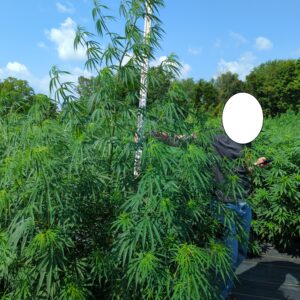
Dakshinkali
£7.24 – £14.49 Select options This product has multiple variants. The options may be chosen on the product page -
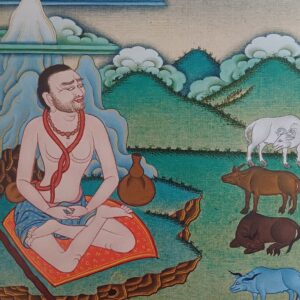
Gorkha Nepali
£7.49 – £14.99 Select options This product has multiple variants. The options may be chosen on the product page -
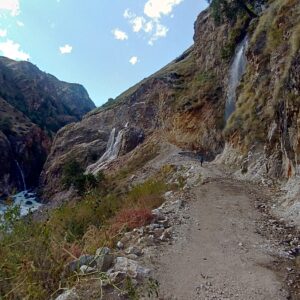
Humla Jungli
£9.44 – £18.99 Select options This product has multiple variants. The options may be chosen on the product page -

Kashmiri
£16.49 – £33.99 Select options This product has multiple variants. The options may be chosen on the product page -
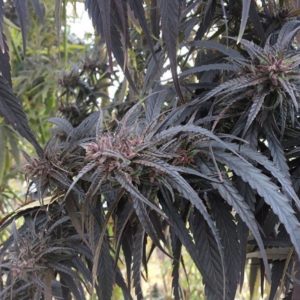
Kumaoni
£7.49 – £14.99 Select options This product has multiple variants. The options may be chosen on the product page -
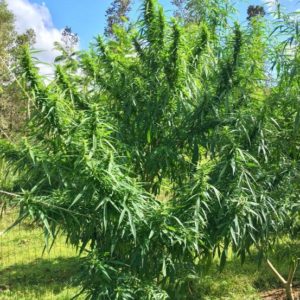
Malana Cream
£9.49 – £18.99 Select options This product has multiple variants. The options may be chosen on the product page -
Sale!
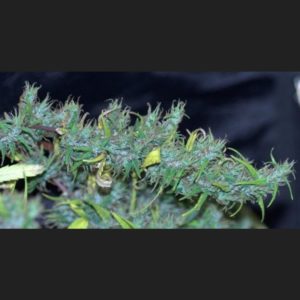
Nanda Devi
£4.74 – £9.44 Select options This product has multiple variants. The options may be chosen on the product page -
Sale!
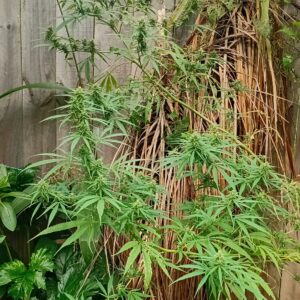
Nepalese Mountain Ganja
£7.24 – £14.49 Select options This product has multiple variants. The options may be chosen on the product page -
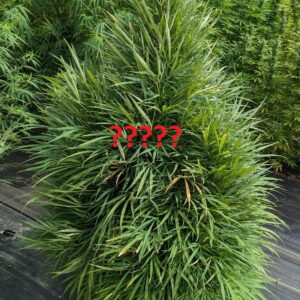
Nepali Highland
£11.49 – £22.49 Select options This product has multiple variants. The options may be chosen on the product page -

Nepali Highland #2
£9.49 – £18.99 Select options This product has multiple variants. The options may be chosen on the product page -
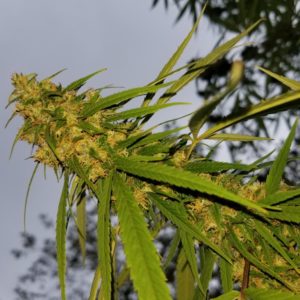
Parvati
£9.44 – £18.99 Select options This product has multiple variants. The options may be chosen on the product page -
Sale!

Rasoli
£7.44 – £14.24 Select options This product has multiple variants. The options may be chosen on the product page